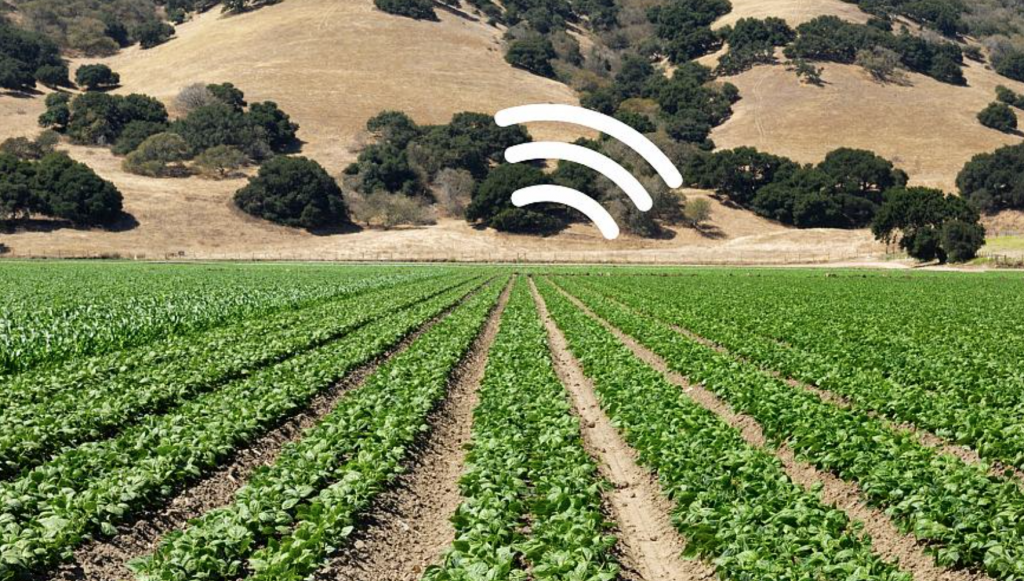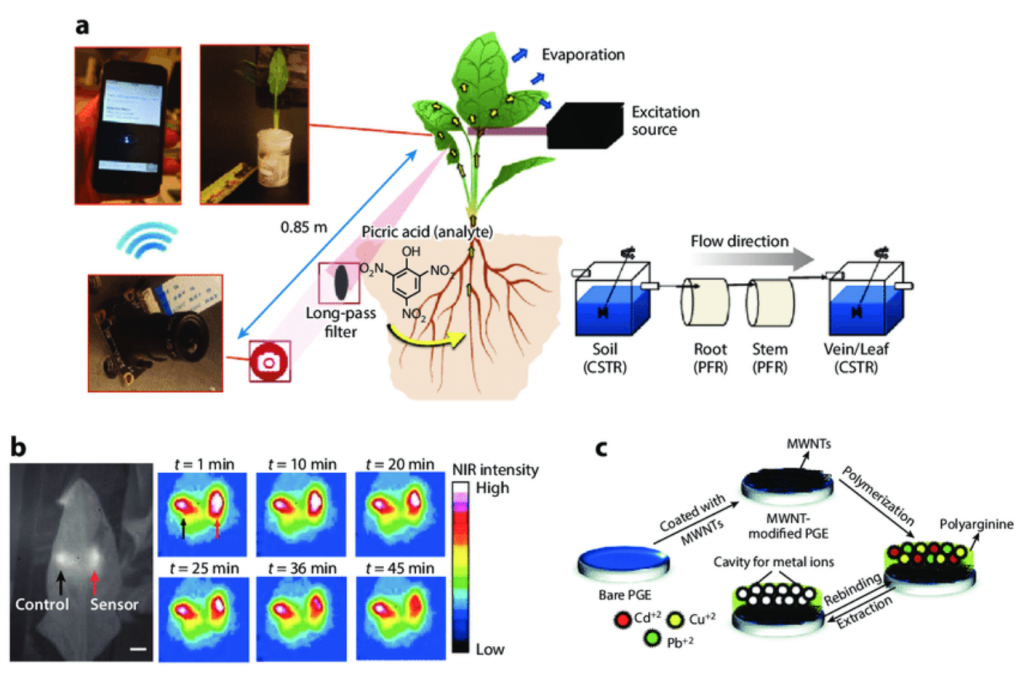How E-Mail sending Spinach could warn us about climate change
Imagine this: You are at home. Because you had a rough week being in sweatpants and not going outside (to spend all your hard earned money on things you don’t need), you are now watching Netflix and browsing the web for a new onesie (there are even bean-bag onesies – no joke).
Suddenly you get an Email from your Aloe. Totally confused you open it.
“Hey. I know it’s been a long time, right? I just wanted to say I loved our conversations but this place is just too dark, too cold and it’s been 9 weeks since you’ve watered me the last time. I.. I… I don’t have much power anymore. I’ve made a new small branch for you. Please take care of it! And don’t be so hard on yourself. You got this. Love, Aloe”
Jup, you’ve forgotten to water your plants. Again. But wait.
Did you just get an Email from your plant?
Even if this sounds crazy, it could be reality one day. Because scientists have taught spinach to send Emails. Scientists even believe this technology can warn us about climate change!
And because I suck with plants, of course I had to do a little research.

Can Spinach send Emails?
First of all: Nope, plants still cannot send you Emails. However, engineers at MIT have found a way to use nanotechnology, so called “single-walled carbon nanotubes (SWCNTs)”, to turn spinach into sensors capable of detecting explosive materials. This technology is known as plant nanobiotics. When the plant’s roots detect the presence of nitroaromatics in groundwater, a compound often found in explosives like landmines, the leaves then emit a fluorescent signal that is read by infrared cameras and then triggers an Email to pass humans the information there might be landmines nearby.
Plant Nanobiotics can help tackle climate change!
The bad news:
There won’t be any messages from your spinach, monstera or aloe in your DMs anytime soon.
The good news:
Scientists are convinced this technology can be used to help warn researchers about pollution and other environmental conditions.
“Plants are very good analytical chemists,” explains Professor Michael Strano who led the research. “They have an extensive root network in the soil, are constantly sampling groundwater, and have a way to self-power the transport of that water up into the leaves.”
Not only spinach but all plants have a huge underground network, the so called Mycorrhizal network. Or should we call it: Wood Wide Web.
Thanks to this network plants exchange data about their surroundings and even exchange nutrients. In a nutshell you could say, plants use this network to communicate with each other.

So plants are ideal to monitor ecological changes. “Plants are very environmentally responsive,” Strano says. “They know that there is going to be a drought long before we do. They can detect small changes in the properties of soil and water potential. If we tap into those chemical signalling pathways, there is a wealth of information to access.”, he added.
With genetic or structural modifications, plants can change the way they photosynthesize or collect soil information.
In the early phases of plant nanobionic research, Strano was even able to have them detect nitric oxide, a pollutant caused by combustion.
Species can be created that are able to detect pollutants which gives us the opportunity to plan ahead against greater potential problems.
Conclusion:
So while you getting a message from your plant might not become reality anytime soon there are still many opportunities plant nanobiotics can help us tackle climate change. Whole regions can change their lifestyle according to the feedback they get from the plants.
And who knows: Maybe soon you will be able to message your plant that she’s the most beautiful in the world. Or they message you the reminder to water them. This could be incredibly helpful for me. So I don’t ever have to have a dying plant anymore.
Do you see risks or is this a blessing for the fight against climate change? Let us know what you think about this technology in the comments.


